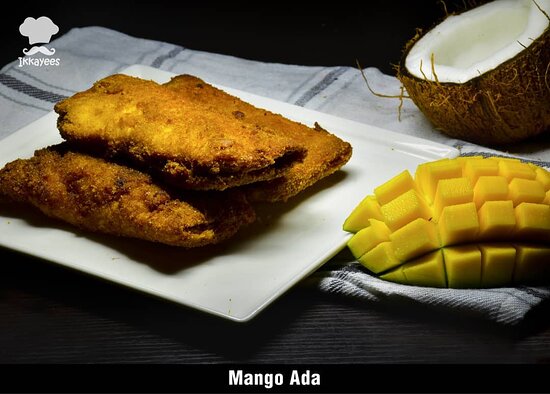
Kerala cuisine isn’t just food—it’s a flavor expedition, a cultural mosaic served on a banana leaf. Nestled on India’s southwest coast, Kerala—known as the “Land of Spices”—offers a culinary experience so distinctive that foodies from around the globe make the journey just to taste its soul But what exactly sets Kerala cuisine apart? Let’s unravel the magic.
1. Coconut in Every Bite
In Kerala, coconut reigns supreme—used grated, pressed into rich milk, or extracted as flavorful oil. This tropical treasure imparts creamy depth to dishes like Avial, Fish Moilee, and the iconic Curries, offering a velvety texture and aromatic fragrance that’s instantly recognizable Unlike Northern cuisine‘s reliance on ghee or cream, Kerala’s coconut approach is refreshingly light yet indulgent.
2. Spices, Spices Everywhere
The region’s ancient spice trade—pepper, cardamom, cloves—infuses each dish with bold aromas. Spice staples like mustard seeds, turmeric, curry leaves, fenugreek, and asafoetida create layers of flavor that are vibrant yet harmonious Kerala cuisine embraces “negative pairing,” where contrasting flavors are juxtaposed for excitement—not overpowering combinations, but perfectly balanced complexity
3. Rice, Tapioca & More
Rice stands at the heart of Kerala’s meals—whether red Matta rice (nutty and earthy), fluffy appams, or steamed puttu.Tapioca also enjoys a starring role, often served with fish curry or fried snacks. These staples offer texture, comfort, and a canvas for rich curries and gravies.
4.Seafood & Banana‑Leaf Cooking
With a coast and network of rivers, Kerala treasures its seafood—fish such as karimeen (pearl-spot), seer fish, prawns, and crabs feature heavily Take Meen Pollichathu (fish marinated in spices, wrapped in banana leaf, and grilled): the leaf’s smoky aroma adds magical depth Banana leaves aren’t just fragrant vessels—they’re tradition, used for serving festive Sadya meals on special occasions
5. Cultural Melting Pot
Kerala’s cuisine is shaped by centuries of exchange—from ancient spice trade with Mesopotamia to Portuguese, Arab, and European influences Consider dishes like Vindaloo (Portuguese-derived, tangy meat curry) or the rose‑tinted Sadya spread—these reflect centuries of cultural fusion, yet retain local authenticity
6. Sadya: The Stack of Traditions
A Kerala Sadya is a sumptuous vegetarian feast served on a banana leaf: up to 20 dishes—rice, sambar, avial, thoran, pickles, desserts—all balanced to excite every taste bud. Served during Onam, Vishu, weddings and temple festivals, Sadya isn’t just a meal—it’s an experience of Kerala’s cultural heartbeat
Why You’ll Feel Hooked
- Aromatic richness: The scent of coconut, curry leaves, mustard seeds, and herbs wafting together draws you closer.
- Textural diversity: Crisp appam edges, creamy stews, firm rice, tender fish—each course offers culinary adventure.
- Stories on a plate: Medieval spice routes, colonial influences, festive traditions—every dish whispers a tale of heritage.
Kerala cuisine is more than sustenance: it’s a celebration of land, water, people and exchange. Its vibrant spices, soulful coconut, aromatic curries, and joyous feasts invite you to taste history—one memorable mouthful at a time.
By weaving together coconut mastery, spice complexity, coastal richness, culinary storytelling, and ritual feasts, Kerala cuisine stands unique—and utterly addictive. And isn’t that the kind of culinary curiosity that brings hungry guests to your Indian restaurant in Liverpool?
Conclusion
For anyone in Liverpool craving an unforgettable taste of Kerala, Ikkayees stands unrivalled—its vibrant spice blends, coconut-infused dishes, and fresh coastal flavors bring the essence of God’s Own Country straight to your plate.
